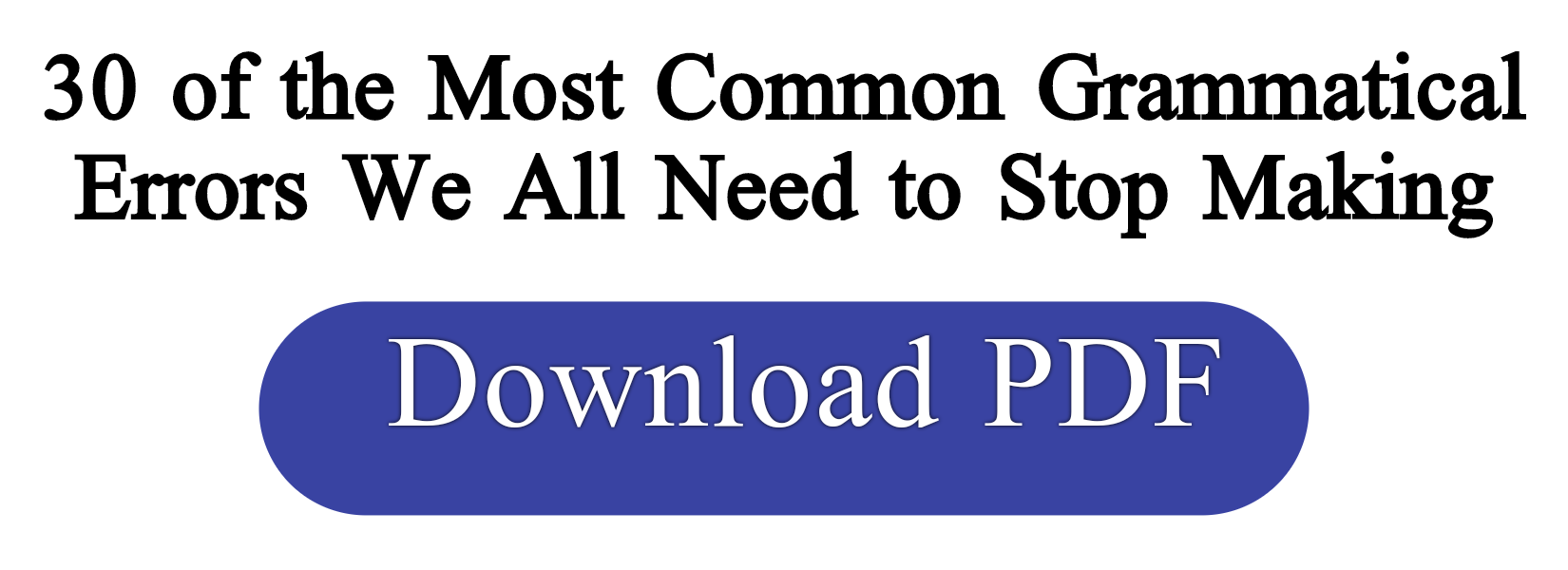Punctuation is the use of
certain established marks (punctuation marks) or symbols within a piece of written text. Punctuation prevents a piece of text from being just a string of
words by breaking up the string of words into meaningful units and by making
the text more fluent. Basically, punctuation marks can be seen as symbols which
are used to separate and join units of language into a cohesive text.
Modern writers
tend to punctuate much more lightly than their older counterparts did. This
goes hand in hand with the modern tendency to use less formal language and a
plainer style. However, the importance of punctuation, even in these less
formal modern times, should not be underestimated. Appropriate punctuation
creates order in what might otherwise be a piece of linguistic confusion.
The important
punctuation marks are the full stop,
question mark, exclamation mark, comma, brackets, dash, semicolon, colon, hyphen, quotation marks, apostrophe, asterisk, three-dot
ellipsis and the oblique.
The full stop, also called period,
is a punctuation mark consisting of a small dot (.). It is one of the most
important punctuation marks and the most emphatic, because its main function is
to mark the end of a sentence and so separate one sentence from another. Only
sentences that are either questions
or exclamations (see Questions and Exclamations) do not end in a full stop. Instead, they end respectively in a question mark or an exclamation
mark. The following are examples of sentences ending in a full stop: The children behaved very well.
They are getting married next
week.
We are moving house soon.
The car broke down.
You can
choose the restaurant.
I went by bus.

NB: The
stop
The full stop is also used to mark the end
of a group of words which is not actually a sentence, but which is complete in
itself, as in the following underlined words.
‘When do
we leave?’
‘Tomorrow
morning.’
The full stop and abbreviations
The full stop has another function. It is used with certain types of abbreviation, although the modern
tendency, particularly in British English, is to use full stops with
abbreviations far less than was formerly the case. For example, abbreviations
involving initial capital letters are generally written without full stops,
especially in British English, as TUC,
BBC, USA. In such cases full stops should definitely not be used if one or
some of the initial letters do not belong to a full word, as TV. TV is the abbreviation for
television and the letter V is simply
the initial letter of the second syllable of the word, not that of a new word.
There are usually no full stops in abbreviations involving
the first and last letters of a word (contractions),
as Dr, Rd, St, but whether they are
used or not can be a matter of taste. The important thing is to be consistent
in whether you use full stops or not in such
cases.Abbreviations involving the first few letters of a word are the most likely to have full stops, as in Feb. for February and Sept.
for September.
The full stop in email and website addresses
The full stop is also used in email
addresses such as sample.name@sampleaddress.co.uk
and in website addresses such
as www.sample-url.com
In these cases the inclusion
of the full stops and their correct placing are necessary to send the email
successfully or access the website.
The question
mark (?) is sometimes also known
as the query and it is used to mark
the end of a sentence which asks a question (see
1).
The following sentences are all questions ending in a question mark: Where are we?
Is that the right time?
Who is that?
Why did they leave so early?
Does he always behave so
badly?
Would you pass me the salt,
please?
Can I help you?
Whose coat is this?

NB:
Writing questions
It is not
recommended to use more than one question mark at the end of a sentence.
When
writing college essays or literary interpretations it may be tempting to
interperse your writing with questions, as in: ‘So what do we learn from
Wordsworth’s view of nature?’
This is too
informal for a such a composition. It is better to write: ‘What we learn from
Wordsworth’s view of nature is ...’
The exclamation
mark (!) is used to mark the end
of an exclamation or sometimes a directive (see 1)). The following sentences are all exclamations
or directives ending in an exclamation
mark: Run! Save me!
What a beautiful day!
How marvellous!
Well done!
You must be joking!
Ouch!
Let me go!

NB: Watch
out!
Be careful not to
overuse the exclamation mark. It is
easy to do so, particularly in a piece of informal English. One is enough at
the close of a sentence. Overuse of such sentences within a piece of writing
can detract from the potential dramatic effect of the occasional use of the
mark.
It
is common for people to overuse exclamation marks in emails, because the
communication is often informal and because we are often trying to convey
points of view and emotions that we would not normally be doing in a formal
piece of writing.








